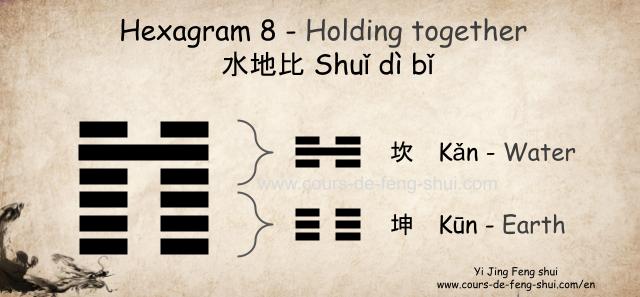
Hexagram 8 of the Yi Jing is composed of the upper trigram ☵ 坎 Kan (Water, the younger) and the lower trigram ☷ 坤 Kun (Earth, mother).
In Chinese: 水地比 Shuǐ Dì Bǐ, the English translation is “Union.”
Interpretation from comments: Coordination, a moment when energies gather around the leader.
Jia Zi combination of the hexagram: Hexagram 8 of the I Ching is associated with 辛亥 Xin Hai, the 48th combination of the sexagesimal cycle (hour, day, month, year):
- 辛 Xin, celestial stem Metal Yin
- 亥 Hai, terrestrial branch of the Pig
Interpretation of the drawing of hexagram 8 of the I Ching
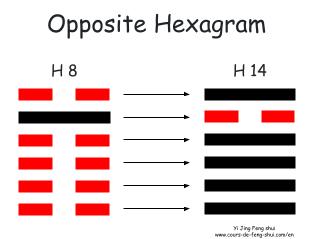
Opposite hexagram (錯卦 Cuo Gua): The opposite hexagram indicates everything that is not or the opposite of the solution to the situation.
The opposite hexagram is obtained by replacing Yang lines with Yin lines and vice versa, resulting in Hexagram 14 – Da You (Great Possessing).
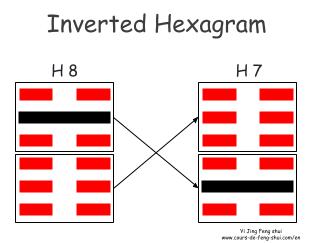
Inverted Hexagram (覆卦 Fu Gua): The permuted hexagram provides information on the origin of the situation.
The permuted hexagram is obtained by swapping the two trigrams, resulting in Hexagram 7 – Shi (The Army).
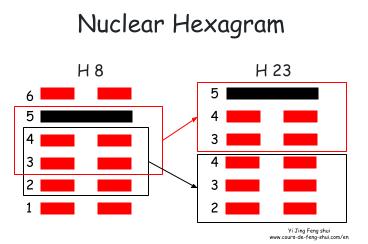
Nuclear Hexagram (互卦 Hu Gua): The nuclear hexagram represents the core of the problem or question.
The nuclear hexagram is obtained by using the four central lines to form two trigrams, resulting in Hexagram 23 – Bo (Splitting Apart).
Mutant Hexagram (derived): The mutation of a line results in a new hexagram, which indicates the evolution of the situation.
- Line 6 mutates: the resulting hexagram is H20.
- Line 5 mutates: the resulting hexagram is H2.
- Line 4 mutates: the resulting hexagram is H45.
- Line 3 mutates: the resulting hexagram is H39.
- Line 2 mutates: the resulting hexagram is H29.
- Line 1 mutates: the resulting hexagram is H3.
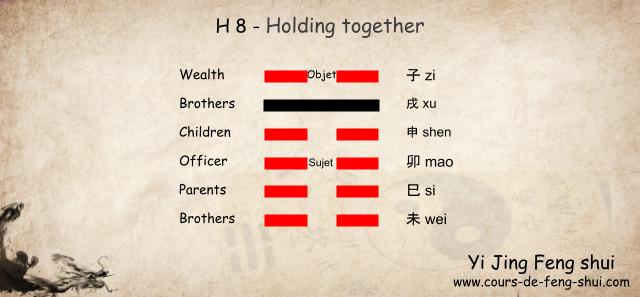
Taoist Yi Jing – Wen Wang Gua
Characteristics of hexagram 8 for the Taoist interpretation of the Yi Jing using the Wen Wang Gua (Liu yao) divination method:
Hexagram 8 is a return (permanence) hexagram from the Kun (Earth) family. In this hexagram, the Subject is placed on the third line, and the Object is placed on the sixth line.
The Six Relatives:
- 6th line: 子 Zi (Water) – Wealth
- 5th line: 戌 Xu (Earth) – Brothers
- 4th line: 申 Shen (Metal) – Children
- 3rd line: 卯 Mao (Wood) – Officer
- 2nd line: 巳 Si (Fire) – Parents
- 1st line: 未 Wei (Earth) – Brothers